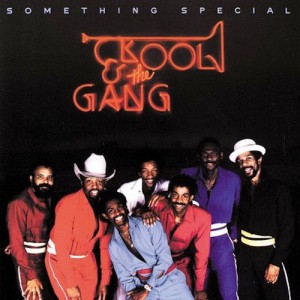Inside this Newsweek story about AIG, via Atrios, is a nugget that gets at our own larger house of cards, into which they are few ways in – but once you’re in, they are literally no ways out. To wit:
Most of this as-yet-undiscovered problem, Gober says, lies in the area of reinsurance, whereby one insurance company insures the liabilities of another so that the latter doesn’t have to carry all the risk on its books. Most major insurance companies use outside firms to reinsure, but the vast majority of AIG’s reinsurance contracts are negotiated internally among its affiliates, Gober says, and these internal balance sheets don’t add up. The annual report of one major AIG subsidiary, American Home Assurance, shows that it owes $25 billion to another AIG affiliate, National Union Fire, Gober maintains. But American has only $22 billion of total invested assets on its balance sheet, he says, and it has issued another $22 billion in guarantees to the other companies. “The American Home assets and liquidity raise serious questions about their ability to make good on their promise to National Union Fire,” says Gober, who has a consulting business devoted to protecting policyholders. Gober says there are numerous other examples of “cooked books” between AIG subsidiaries. Based on the state insurance regulators’ own reports detailing unanswered questions, the tally in losses could be hundreds of billions of dollars more than AIG is now acknowledging.
Think concentric economies of scale without the redundancies. When one ring goes beyond what it’s able to support on it’s own, it leverages an outer ring to “insure” itself against loses. I don’t know any other way but to use the scare quotes around insure, and neither do they.
This insurance examiner happened to be from Mississippi, so take that area as a case in point. When you hear about all the beach front property that gets threatened or actually destroyed from storms, huge dollar amounts invariably get tossed around. Small enclaves of precarious oceanfront property could theoretically be insured against loss, say by a local firm or even Lloyds of London (if they still exist), if the property owners had sufficient capital to pay incredibly hefty premiums to insure property that is, for all intents and purposes but especially in plain old chances-of-anything-happening kinds of risk, built in the wrong place. Lovely perhaps, but fleeting. (For more on this, see love, definition of)
Now, for one thing, this would likely limit the number of houses and towns built in precarious geographical areas, and we wouldn’t want to do that – celui sera UnAmurican. But anyway… stop anywhere here along the way, economically speaking, and the vista is much the same. Once you go beyond those who can afford to build, live and rebuild in danger-prone areas and extend the opportunity to the rest of anyone who wants the lovely, the insurance companies can’t guarantee these investments, even though they will write policies saying that someone* will. We send the risk spiraling outward, trying to leverage the power of the outer rings. But even there, the big firms can’t even write down their actual liabilities – because they wouldn’t be able to cover them in the eventuality of anything catastrophic across scales happening, otherwise known as the events they’re writing insurance to cover.
*Now, what if we stipulated from the outset that this someone was the government, aka the taxpayers? And what if as a part of such ventures other responsibilities were attached the ‘parties of the first part’ that raised the bar for how we go about insuring things? What if, in other words, everyone had to be honest about all of this, what would be different? Less beachfront property? Would the U.S. be a third-world backwater without the necessity to Pyramid-scheme at every opportunity? This is what we would have ourselves believe, that without such security and assurances, such as it is, we would wouldn’t be so prosperous.
I’ll leave it to you to re-assess the shifting definitions of those last few words in light of recent events.



